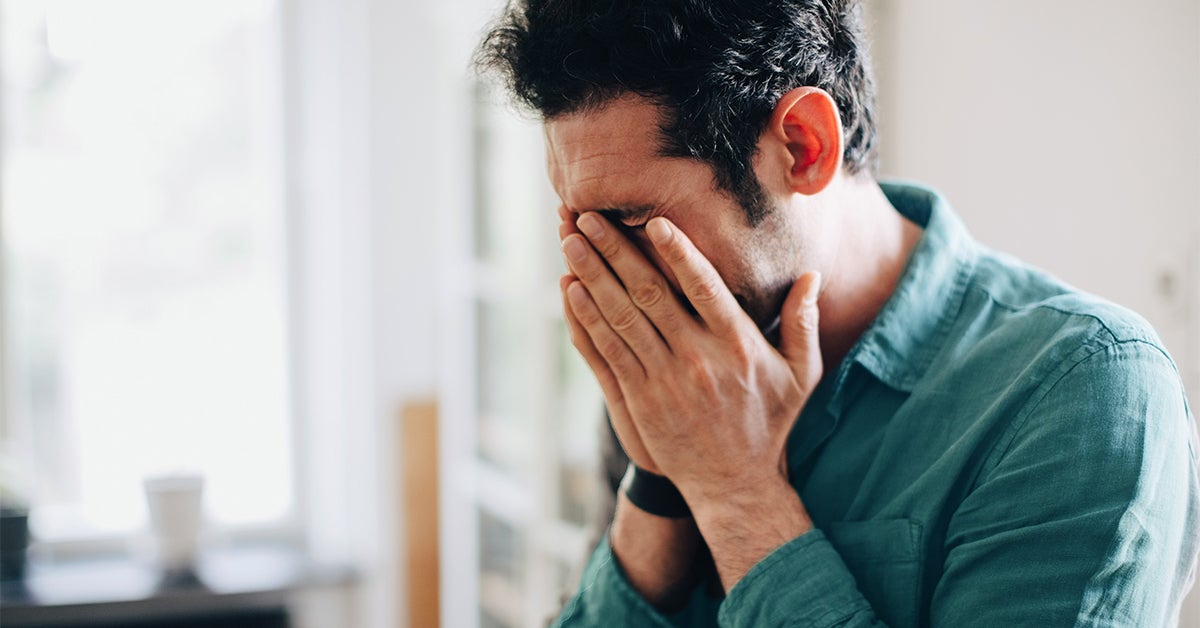
About 80 percent of people with COVID-19 develop mild disease, according to a research review from March 2021. Another 5 percent of people with COVID-19 need intensive care.
The most typical symptoms are cough, fever, and fatigue, but many others are possible.
Much more is known about COVID-19 symptoms now than at the beginning of the pandemic. Researchers have linked dry eyes and other eye symptoms to COVID-19 infection.
Keep reading to learn what the latest research has found about the connection between COVID-19 and dry eyes.
Dry eyes aren’t one of the most common symptoms of COVID-19, the disease caused by the coronavirus (SARS-CoV-2). And dry eyes in the absence of flu-like symptoms are unlikely to mean you have COVID-19.
Dry eyes are a common condition, especially in people over age 50. According to the American Academy of Ophthalmology, about 4.9 million people over age 50 in the United States had dry eyes as of 2015.
Researchers have found, however, that dry eyes seem to be more common in people with COVID-19 than in people without the coronavirus.
A large review of studies published in early 2021 found that in a group of 8,219 people with COVID-19, approximately 1 in 10 experienced eye symptoms.
Dry eyes or the feeling of having a foreign object in an eye was the most common eye symptom. It was reported in 16 percent of people who developed eye symptoms and 1.7 percent of people with COVID-19.
The reason why COVID-19 contributes to dry eyes still isn’t clear.
The SARS-CoV-2 virus that causes COVID-19 is thought to enter cells in your body through an enzyme called angiotensin converting enzyme 2 (ACE2). ACE2 has been identified in the epithelial cells that cover the surface of your eyes, according to research from June 2020.
Research from 2018 has found that inflammation from your body’s immune response can contribute to dry eyes. In theory, if the coronavirus enters the cells that line your eyes, it could impair your body’s ability to keep the surface of your eyes moist.
Other factors indirectly unrelated to COVID-19 infection, such as wearing a mask and spending more time in front of a screen during the pandemic, may also contribute to dry eyes.
Face coverings are crucial for slowing the spread of COVID-19, but they may also contribute to eye dryness. Ophthalmologists have been seeing an increased number of people reporting dry eyes since the start of the pandemic, according to a 2021 letter to the editor.
When your mask sits loosely against your face, exhaled air can travel upward and accelerate the rate that your eyes lose moisture. People who already have dry eyes are most likely to experience dry eyes from prolonged mask usage.
Increased screen time is another factor that may contribute to the number of people reporting eye dryness.
Since the start of the pandemic, many people have switched to virtual working or learning. Spending an extended amount of time looking at a screen leads to a slower blinking rate and decreased eye moisture.
Studies have linked a variety of eye symptoms to COVID-19, but they’re not among the most common.
In the 2021 review of studies mentioned earlier, the researchers found that the following eye symptoms were most commonly reported:
In the study, 89 people developed some type of eye disease. Pink eye made up almost 90 percent of these cases.
There’s no cure for COVID-19. If you have mild symptoms, you can treat them at home by:
- getting plenty of rest
- staying hydrated
- taking over-the-counter medications like ibuprofen to help manage pain and fever
It’s also critical to isolate yourself from others and avoid public spaces to avoid spreading the virus. According to the CDC, most adults can stop quarantining 10 days after symptom onset, if they haven’t had a fever for at least 24 hours.
Medical emergency symptoms
You should seek emergency care immediately if you or somebody you’re taking care of experiences any of the CDC’s emergency symptoms. These are:
- trouble breathing
- persistent chest pain or pressure
- new confusion
- pale gray or blue lips, skin, or nails.
- an inability to stay awake or wake up
People with darker skin may have more trouble seeing skin discoloration that indicates a lack of oxygen.
About 1 in 10 people with COVID-19 develop eye symptoms, and dry eyes are the most commonly reported of those.
Other factors indirectly related to COVID-19, such as prolonged use of a face covering and increased screen time during the pandemic, may also contribute.
Dry eyes without more typical COVID-19 symptoms are unlikely to be a sign of COVID-19.
June 07, 2021 at 11:21PM
https://www.healthline.com/health/dry-eyes-covid
Are Dry Eyes a COVID-19 Symptom? What Research Shows - Healthline
https://news.google.com/search?q=dry&hl=en-US&gl=US&ceid=US:en

No comments:
Post a Comment